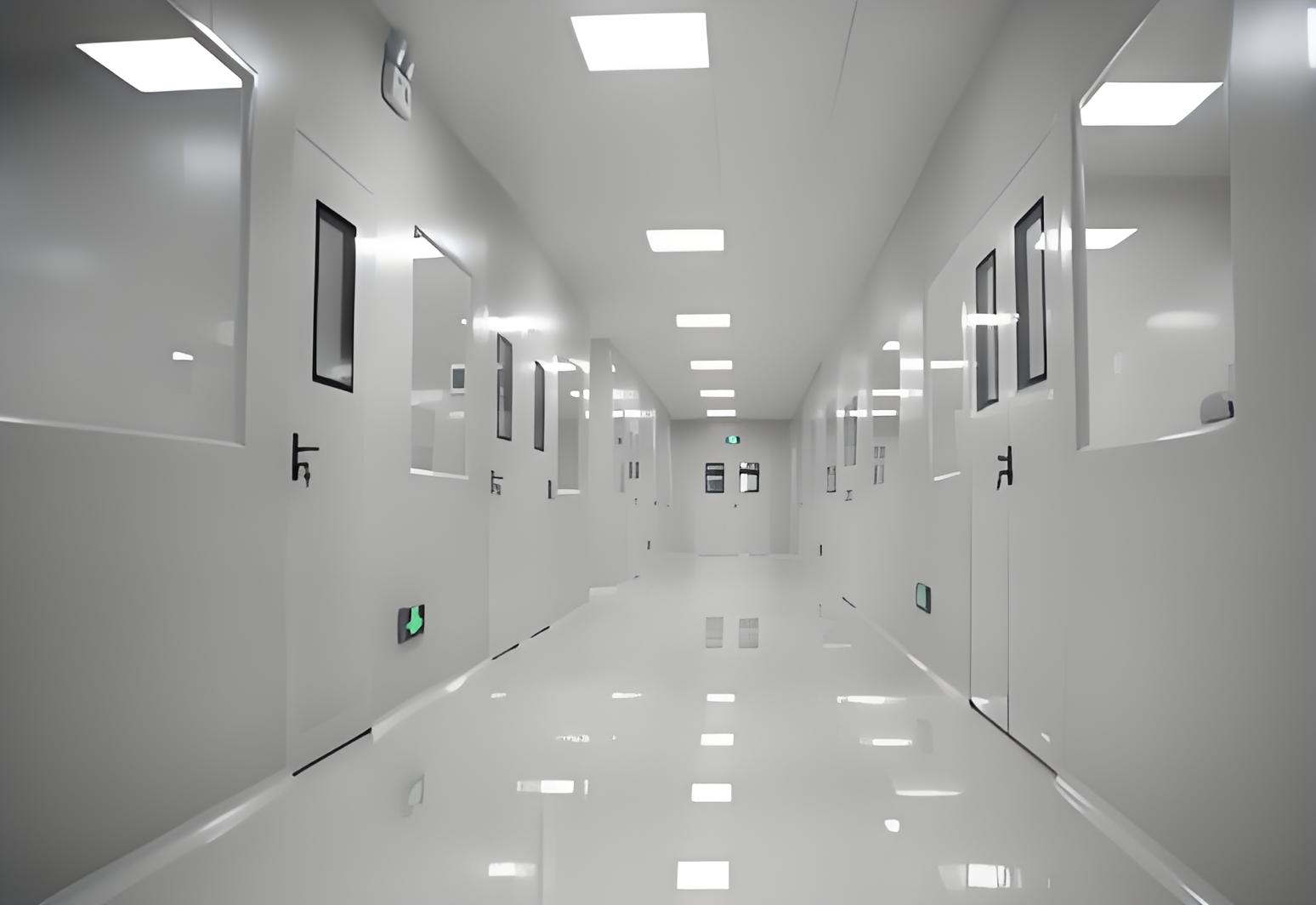
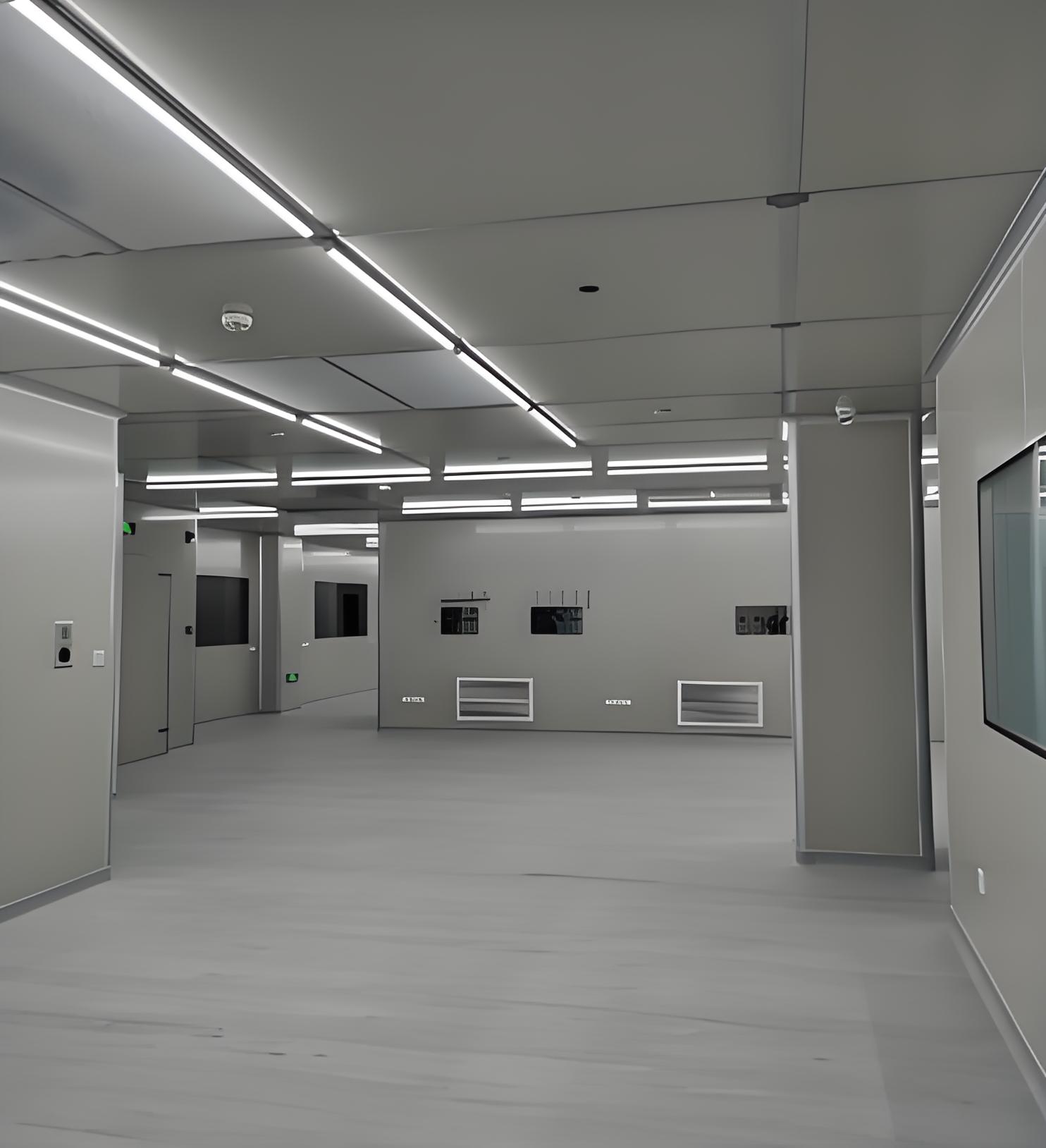
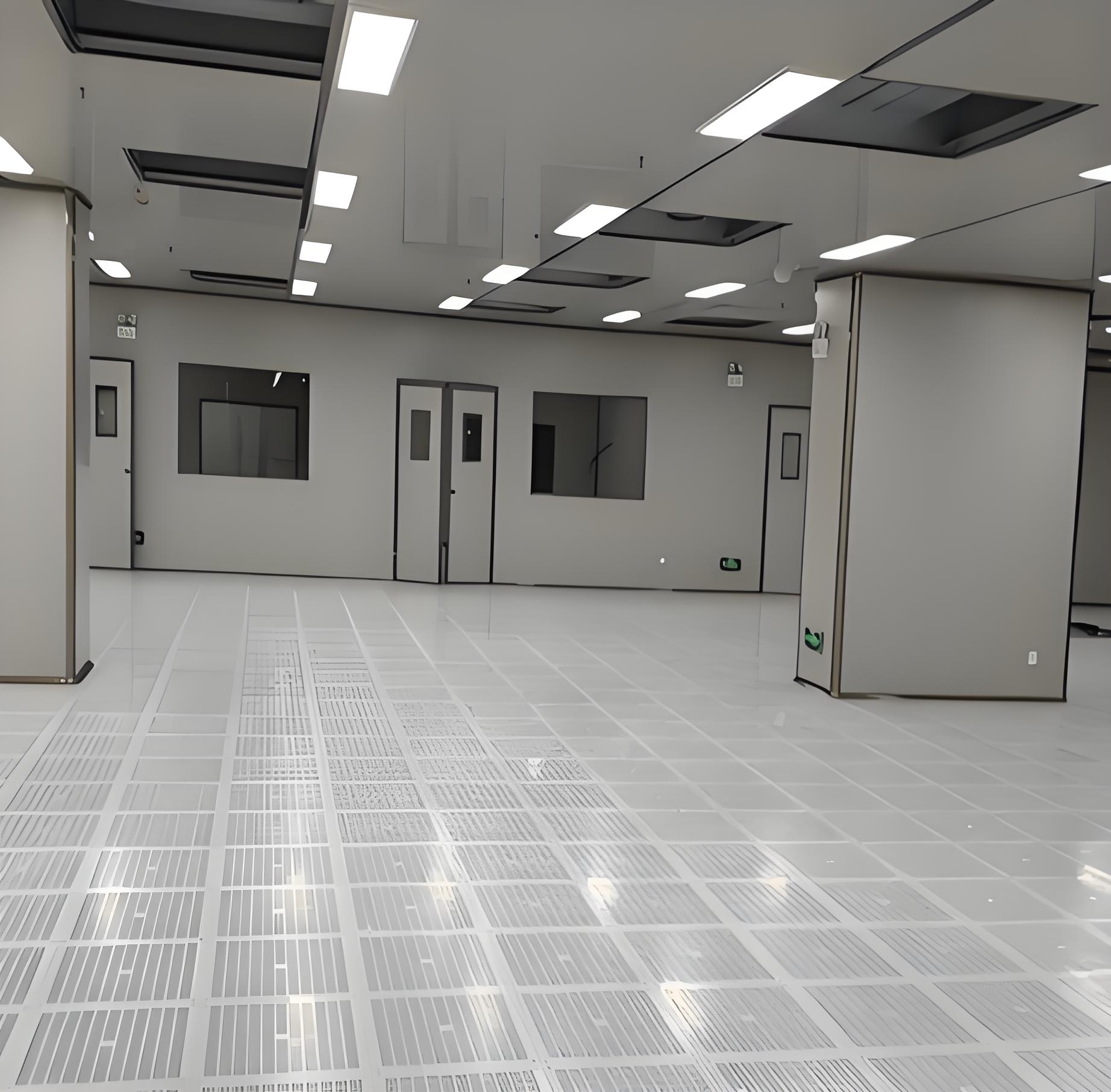


In industries where even microscopic particles can compromise product quality and safety, maintaining a pristine environment is non-negotiable. This is where clean room entry systems come into play. These specialized systems are designed to control and minimize contamination as personnel and materials enter cleanrooms, which are critical in sectors like pharmaceuticals, biotechnology, semiconductors, and healthcare. Without effective clean room entry systems, facilities risk product failures, regulatory non-compliance, and financial losses. In this article, we delve into five essential aspects of clean room entry systems, providing a comprehensive overview of their components, operations, benefits, and applications. By understanding these elements, businesses can optimize their contamination control strategies and ensure operational excellence.
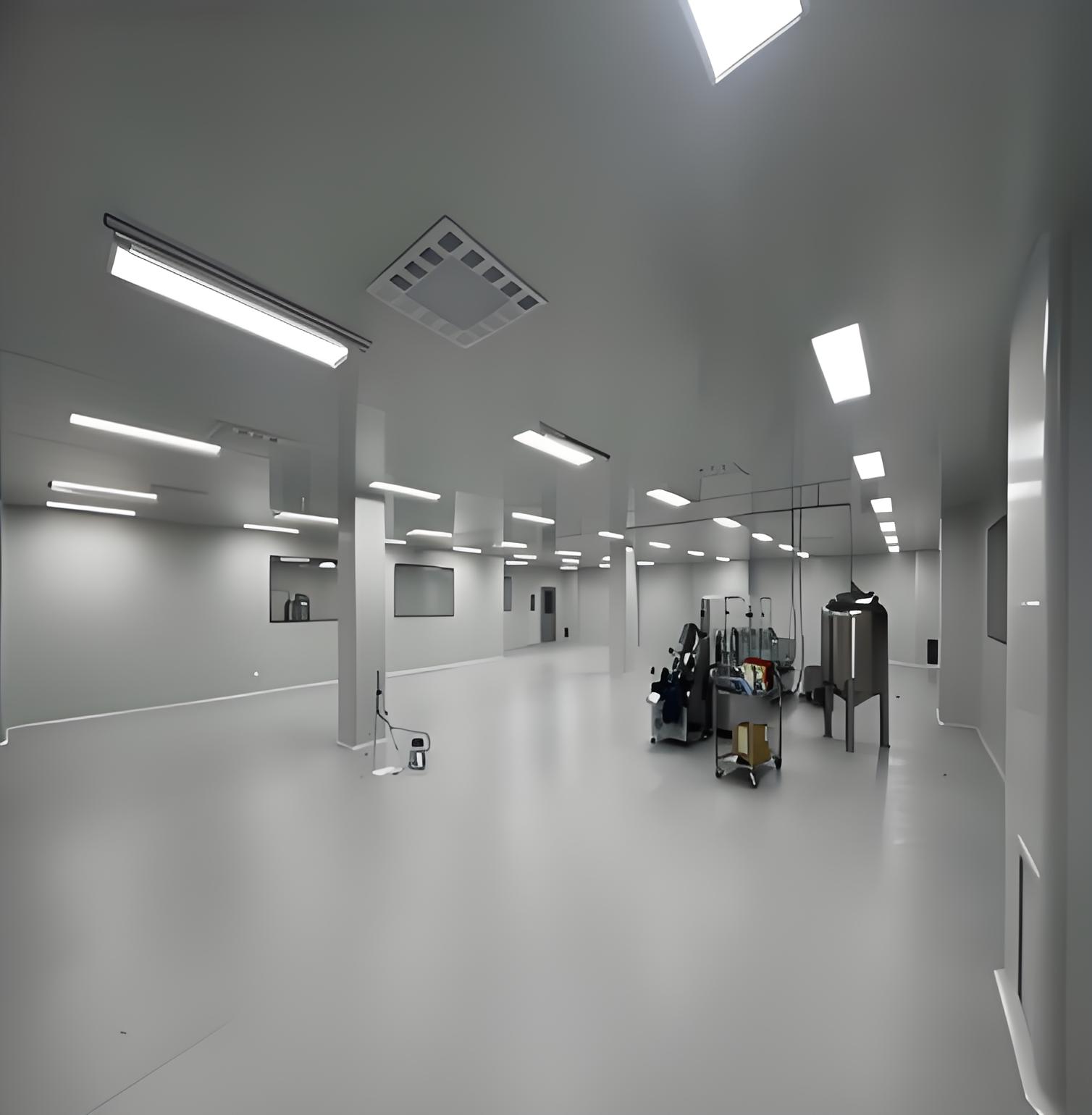
Clean room entry systems are integrated solutions that manage the transition from uncontrolled environments (e.g., general facility areas) to controlled cleanroom spaces. These systems are engineered to reduce the introduction of contaminants, such as dust, microbes, and particles, which could adversely affect sensitive processes. Typically, clean room entry systems include physical barriers, air filtration mechanisms, and procedural protocols that personnel must follow. For instance, in a pharmaceutical cleanroom, these systems might involve airlocks, gowning rooms, and HEPA-filtered air showers. The primary goal is to maintain the cleanroom’s ISO classification (e.g., ISO Class 5 or higher) by ensuring that all entrants—whether human or material—adhere to strict decontamination standards. By implementing robust clean room entry systems, organizations can uphold the integrity of their products and comply with industry regulations like FDA guidelines or EU GMP standards.
A well-designed clean room entry system comprises several key components that work together to prevent contamination. Understanding these elements is crucial for selecting or upgrading a system tailored to specific cleanroom requirements.
Airlocks and Pass-Throughs: These are physical barriers that separate cleanrooms from less-controlled areas. Airlocks, such as personnel airlocks (PALs) and material airlocks (MALs), use interlocking doors to ensure only one door opens at a time, minimizing air exchange. Pass-throughs allow materials to be transferred without direct human entry, often incorporating UV light or HEPA filters for decontamination.
Air Showers and HEPA Filtration: Air showers are enclosed chambers where personnel are blasted with high-velocity, HEPA-filtered air to remove particles from their clothing and skin. This component is a staple in many clean room entry systems, as it significantly reduces particulate counts before entry.
Gowning Areas and Lockers: These zones are equipped with benches, mirrors, and supplies for donning cleanroom apparel (e.g., coveralls, gloves, and masks). Proper gowning procedures, enforced through visual guides and training, are integral to clean room entry systems to ensure contaminants are not introduced via clothing.
Monitoring and Control Systems: Advanced clean room entry systems include sensors, alarms, and software to monitor parameters like air pressure differentials, particle counts, and door status. These systems provide real-time data and alerts, enabling proactive maintenance and compliance tracking.
Disinfection Stations: Many modern clean room entry systems feature automated disinfection solutions, such as hand sanitizing units or footbaths, to further reduce microbial loads. These stations are often placed at strategic points within the entry sequence.
By integrating these components, clean room entry systems create a multi-layered defense against contamination, ensuring that only properly decontaminated entities gain access.
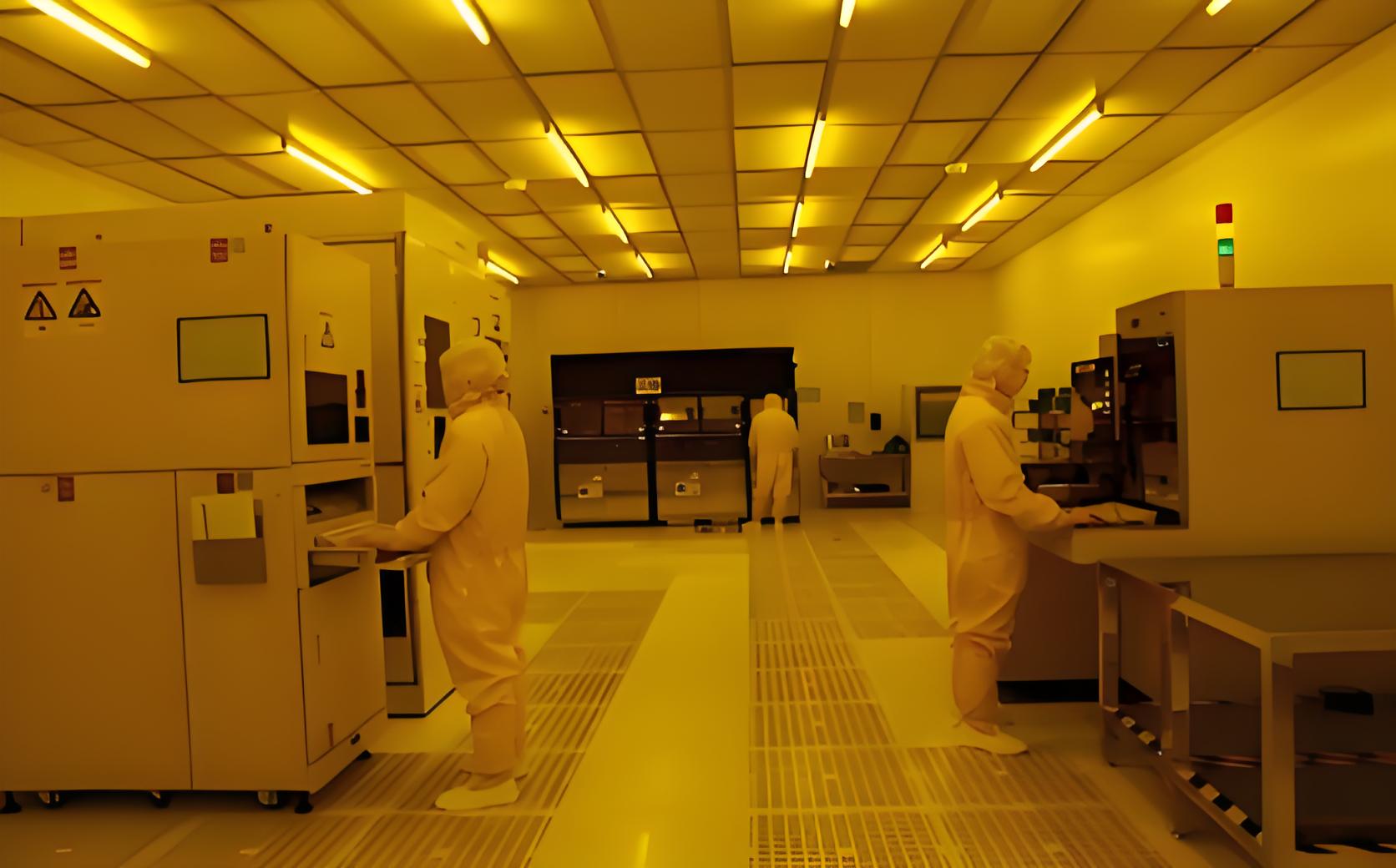
The operation of clean room entry systems follows a systematic sequence to maximize contamination control. While specific protocols vary based on cleanroom classification and industry, a typical process involves several stages.
First, personnel enter a transition zone, such as a gowning room, where they remove outer clothing and don cleanroom-approved attire. This area is maintained at a slightly higher air pressure than the external environment to prevent inward airflow. Next, individuals proceed to an airlock, where doors are interlocked to avoid simultaneous opening. In some clean room entry systems, this is followed by an air shower cycle lasting 15–30 seconds, where HEPA-filtered air dislodges particles.
For material entry, clean room entry systems often use pass-through chambers with built-in UV sterilization or wiping protocols. These chambers may have double-door mechanisms and sensors to verify decontamination before inner doors unlock. Throughout the process, monitoring systems track critical metrics. For example, pressure differentials ensure air flows from cleaner to less-clean areas, while particle counters validate air quality. Automated clean room entry systems might use RFID badges or biometric scanners to log entries and enforce compliance, reducing human error.
Overall, the seamless coordination of these steps in clean room entry systems ensures that contamination risks are systematically mitigated, supporting consistent cleanroom performance.
Investing in high-quality clean room entry systems yields numerous advantages that extend beyond basic contamination control. These benefits make such systems indispensable in sensitive manufacturing and research environments.
Enhanced Product Quality and Yield: By minimizing particulate and microbial contamination, clean room entry systems protect products from defects. In semiconductor fabrication, for instance, this can lead to higher chip yields and reduced scrap rates.
Regulatory Compliance and Audit Readiness: Industries like pharmaceuticals and medical devices are subject to stringent regulations. Effective clean room entry systems help facilities meet standards such as ISO 14644 or FDA cGMP, simplifying audits and avoiding penalties.
Cost Savings and Operational Efficiency: Contamination incidents can result in costly recalls, downtime, and rework. Clean room entry systems prevent such issues, leading to long-term savings. Additionally, automated systems reduce labor costs by streamlining entry procedures.
Improved Safety for Personnel and Processes: These systems not only safeguard products but also protect workers by enforcing hygiene protocols. In biohazard environments, clean room entry systems can include decontamination cycles that neutralize dangerous pathogens.
Scalability and Flexibility: Modern clean room entry systems are modular and can be customized for various cleanroom sizes and requirements. This adaptability allows businesses to scale operations without compromising contamination control.
By leveraging these benefits, organizations can achieve a competitive edge, ensuring reliability and trust in their outputs.
Clean room entry systems are vital across multiple sectors where environmental control is critical. Here’s a look at how different industries utilize these systems.
Pharmaceuticals and Biotechnology: In drug manufacturing and bioprocessing, clean room entry systems prevent microbial contamination that could alter product efficacy. They are essential in aseptic filling areas and vaccine production lines.
Semiconductor and Electronics: For chip manufacturing, even nanoscale particles can cause circuit failures. Clean room entry systems maintain ultra-low particulate environments, often in ISO Class 3–5 cleanrooms.
Healthcare and Hospitals: Surgical suites and isolation rooms use clean room entry systems to control airborne pathogens, protecting patients and staff from infections.
Aerospace and Automotive: In precision engineering, such as satellite assembly or EV battery production, clean room entry systems ensure components meet strict quality standards.
Food and Beverage: To prevent spoilage and ensure safety, food processing facilities employ clean room entry systems in packaging and preparation areas.
Each industry tailors clean room entry systems to its specific risks, underscoring their versatility and importance in modern manufacturing and research.
As technology evolves, clean room entry systems are becoming smarter and more efficient. Emerging trends include the integration of IoT sensors for real-time monitoring, AI-driven predictive maintenance, and touchless entry using motion sensors or voice commands. Sustainable designs, such as energy-efficient HEPA filters, are also gaining traction. These innovations will further enhance the reliability and usability of clean room entry systems, making them even more critical in tomorrow’s industries.
Q1: What is the primary purpose of clean room entry systems?
A1: The main purpose of clean room entry systems is to prevent contamination from entering controlled environments by managing the transition of personnel and materials. This includes removing particles, microbes, and other contaminants through barriers, air filtration, and procedural controls.
Q2: How often should clean room entry systems be maintained?
A2: Maintenance frequency depends on usage and manufacturer guidelines, but generally, clean room entry systems should be inspected monthly for components like HEPA filters and door seals. Automated systems may require quarterly calibration to ensure sensors and controls function accurately.
Q3: Can clean room entry systems be customized for small facilities?
A3: Yes, many providers offer modular clean room entry systems that can be tailored to space constraints. Options like compact airlocks or portable air showers are available for smaller cleanrooms without compromising effectiveness.
Q4: What are the common mistakes in using clean room entry systems?
A4: Common errors include skipping gowning steps, ignoring air shower cycles, and failing to monitor pressure differentials. Proper training and automated enforcement in clean room entry systems can mitigate these risks.
Q5: How do clean room entry systems impact energy consumption?
A5: While clean room entry systems consume energy for air handling and lighting, modern designs prioritize efficiency through variable air volume controls and LED lighting. This minimizes operational costs while maintaining performance.
In summary, clean room entry systems are foundational to contamination control in high-stakes industries. By focusing on their components, operations, benefits, and applications, businesses can make informed decisions to protect their processes and products. As technology advances, these systems will continue to evolve, offering even greater precision and reliability.